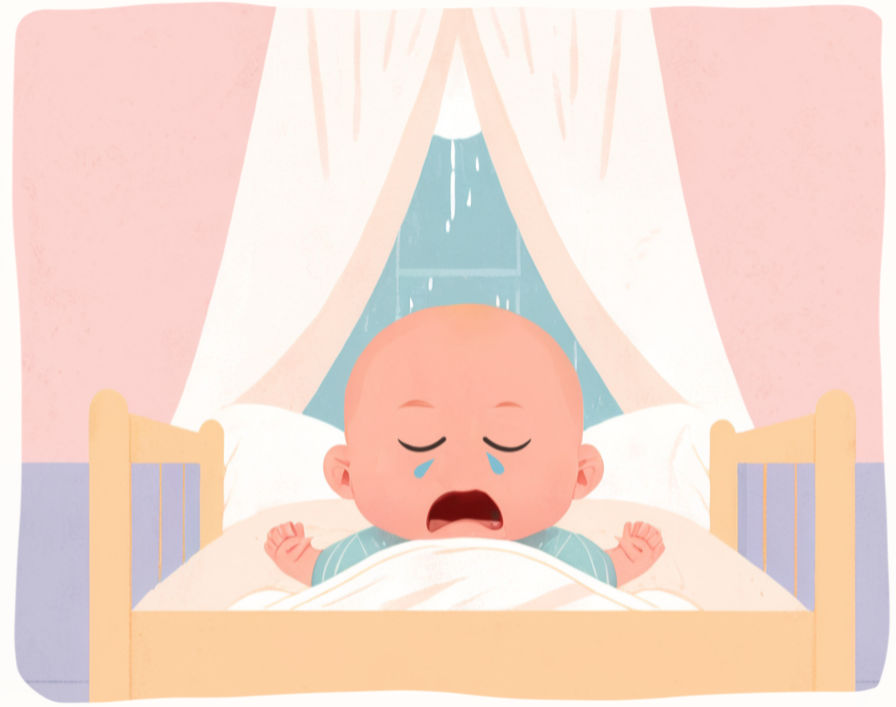Why do babies cry so much? Learn what different cries mean (hunger, tiredness, comfort) and how to respond calmly, without worrying about “spoiling” your baby.

Before smiles, before giggles, before “mama” or “dada,” there’s crying. It can feel overwhelming, especially when you’re sleep-deprived and just trying to figure out what they need. But here’s the truth: crying is not bad. It’s communication.
Your baby isn’t trying to upset you: they’re telling you something: “I’m hungry.” “I’m tired.” “I need comfort.” Understanding this changes everything: crying becomes less stressful and more like… a conversation.
While every baby is unique, most cries fall into a few categories:
Sound: Rhythmic, repetitive, often paired with rooting (turning head to find milk) or sucking on hands.
Response: Offer a feed. Babies feed often in the early months, every 2–3 hours is normal.
Sound: Whiny, low-pitched, sometimes escalating. May rub eyes or yawn.
Response: Create a calm environment, swaddle, rock, or hold them close to help them settle.
Sound: Intense and sudden. May arch back, pull legs up (gas), or look uncomfortable (wet diaper, too hot/cold).
Response: Check diaper, burp them, adjust clothing or position.
Sound: High-pitched or fussy, often after a busy day or lots of new experiences.
Response: Reduce noise and light, hold your baby close, offer quiet cuddles.
Sound: Starts soft, grows if not answered. Stops when held or soothed.
Response: Hold, rock, sing. Comfort is a real need, not “spoiling.” Research shows babies held often develop secure attachment.
Crying peaks around 6-8 weeks and gradually decreases as babies learn other ways to communicate. But check with your pediatrician if:
- Crying is inconsolable for hours
- Your baby has a fever, trouble feeding, or other signs of illness
- Crying suddenly changes in tone or pattern
Most crying is normal, and it doesn’t mean you’re doing anything wrong.
- Take a deep breath: A crying baby can trigger stress, even in seasoned parents. Step back if you need to.
- Use simple soothing strategies: Swaddling, rocking, gentle shushing, white noise, or skin-to-skin contact often help.
- Remember it’s communication, not manipulation: Babies cry because they need you, not because they’re “spoiled.”
Responding quickly to your baby’s cries builds trust and secure attachment, which supports emotional regulation later in life. Far from “spoiling,” comforting your baby teaches them the world is safe. A foundation for healthy development!
- Rosemarie E Perrya, Clancy Blaira, Regina M Sullivanb. Neurobiology of infant attachment: Attachment despite adversity and parental programming of emotionality. Curr Opin Psychol. 2017 Apr 24;17:1–6. doi: 10.1016/j.copsyc.2017.04.022

